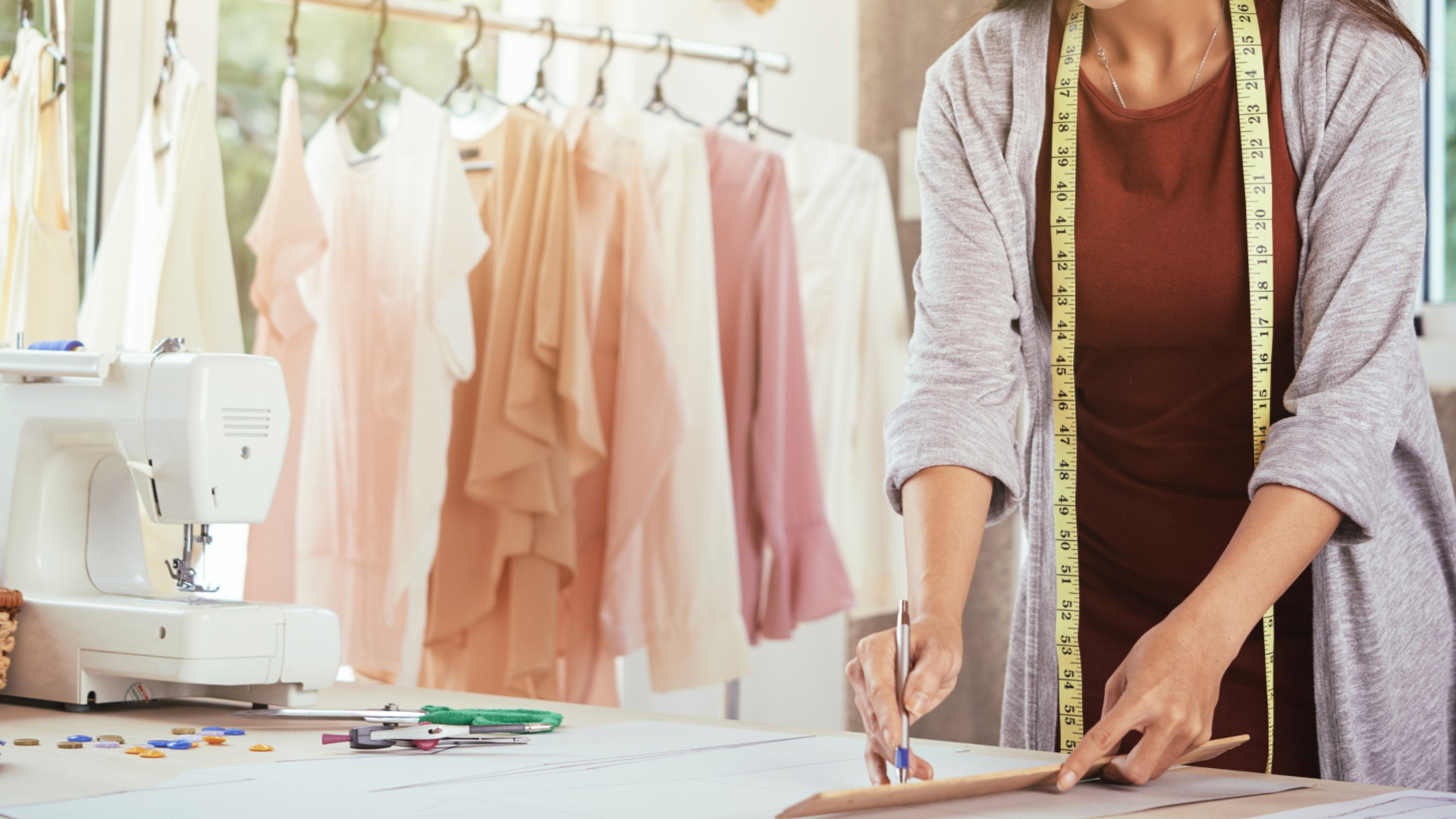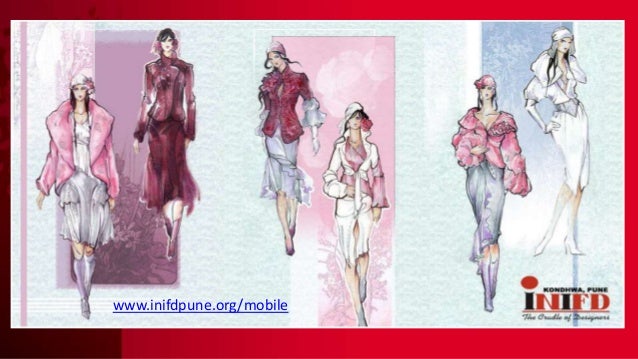
I remember wanting to expand on that category,” she says. “We had a cohort of queer women coming into the shop and looking for something to wear to dress up. Kallmeyer has since evolved that philosophy to coin a three-piece suit as a brand signature. “It is sort of like a piece of armor.” Referencing old Saint Laurent and Helmut Lang imagery-”I can’t help but think of them”-she notes that at the time, we hadn’t seen women in this shape before. “I think of creating a skeleton-like structure that your body then carries,” she says. Then, a combination of gravity and the human form dictates how the fabric falls. Those are the aspects controlled by the designer. For this fashion savant, the pinpoints of the suit’s architecture are the shoulders and the waist. “I think regardless of their gender, there's a way that people carry themselves when they are in a suit,” Kallmeyer says. The young designer built her eponymous label on the foundation of otherness. “I'm always pushing and pulling the boundary of not wanting to feel too feminine, but wanting to celebrate my woman-ness, and not wanting to feel too masculine, but wanting to celebrate my strength,” Kallmeyer explains. So Kallmeyer, somewhat prematurely as she notes, launched her own label roughly 11 years ago, around the age of 25. “I just felt not in love with any of the work I was doing,” she says. She underwent resume-building stints at Proenza Schouler, Alice and Olivia, Luca Luca, and Jen Kao. Kallmeyer had hand-painted bleach onto denim in the form of X-rayed bird skeletons to earn the praise of the legendary designer.Īfter Kallmeyer's grandmother fell ill, Kallmeyer immediately returned to New York in 2008 amidst a recession. “I remember I got a nod during a review,” she says wide-eyed. Kallmeyer began as an assistant at Alexander McQueen as they launched McQ, a more affordable line geared towards a savvier youthful audience, under the duress of designer and founder Lee McQueen. From there, the budding designer enrolled at Syracuse-a logical next step for a South African immigrant (and the child of two South African immigrants)-but quickly transferred to the London College of Fashion. With the help of a compassionate art history teacher, Kallmeyer essentially designed her own fashion curriculum through the class which culminated in the presentation of a collection at her graduation party. “I don’t think I understood it to be fashion, as I understand fashion as an industry now, but it was presentation of one's self,” Kallmeyer recounts.Īs a musical theater kid, she hunted for loopholes to glean what she needed out of high school. The designer’s very chic and very fabulous grandmother helped her to first identify her love of personal expression. But she did love watching a clothing item’s transformative power in action as a means of personal style. "But I did sense that walking into a store, nothing was for me.” Kallmeyer never loved fashion as an industry. Granted, I hadn't resolved that in myself yet, or what that meant for my choices or my style or whatever," she says. “I was just coming out as a as a queer woman in New York. “I was on a mission to create something where it was quite obvious there was a gray area in the market,” she says of the space in between those categories. There were feminine clothes and there were masculine clothes. There was workwear and then there was formalwear. When Kallmeyer, 36, entered the fashion industry in the early 2000s, the divisions between segments were much more rigid.
#Clothing designer jobs crack
Despite her carefully cultivated personal uniform, the designer has used her career to crack through the facade of uniformity, at least as it applies to women’s ready-to-wear. “I'm often in black or jeans that are four sizes too big for me and a white button down.” She wears her closely-cropped hair slicked back behind her ears with little to no makeup. This, Kallmeyer says, is essentially her everyday uniform. “If you’re not wearing Jeff Goldblum glasses and a white shirt, then you’re not allowed on,” she laughs. Here were two women clad in an oversized white button down and black-framed glasses with our hair pulled back.

Instantly, our videos came into focus to reveal two startlingly similar images.


Fashion designer Daniella Kallmeyer and I logged onto our scheduled Zoom interview at exactly the same time.


 0 kommentar(er)
0 kommentar(er)
